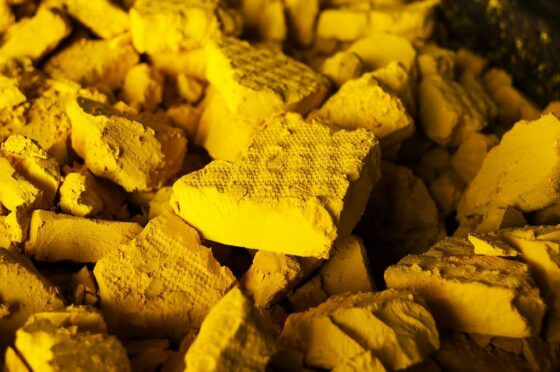With our ever-growing reliance on groundwater, it’s imperative to understand the potential risks we face in our daily consumption. A common element found in rock and soil that can make its way into our drinking water is uranium. Although a naturally occurring substance, the ingestion of too much uranium can pose significant health threats. Therefore, it becomes increasingly crucial to regularly test our public drinking water supplies and private wells for uranium levels to ensure safe consumption.
Understanding Uranium and Its Presence
To start with, uranium is a metallic gray element that is naturally found in rocks and soil. It’s radioactive, meaning that its atoms spontaneously break down to form new atoms, releasing energy in the process. This process also bestows the element with chemical toxicity. Despite all these characteristics, uranium has no taste, color, or smell, making it difficult to detect without proper testing.

The average concentration of uranium in the soil hovers around two parts per million, as reported by Uranium South Africa. Despite its potential dangers, uranium plays a critical role in several industries, such as energy, medicine, and weapons manufacturing.
Uranium in Our Drinking Water
Uranium’s prevalence increases in certain rock types like granite, shale, and sandstone. Groundwater that flows through these uranium-rich rock formations can dissolve the mineral, thus contaminating the water.
Consequently, drilled wells, which draw water from underground sources flowing through bedrock, are at a higher risk of containing unsafe uranium levels. This issue emphasizes the need for consistent testing of well water, especially those serving as primary sources of drinking water.
According to Health Canada, the maximum safe level of uranium in drinking water is defined as 0.02mg/L (20µg/L or 0.02 parts per million). Any water source containing uranium concentrations above this level is unfit for consumption, although it may still be used for other purposes like washing, depending on the exact uranium quantity present.
The World Health Organization (WHO) is continually refining these safe limits, suggesting a slightly higher provisional guideline of 0.03mg/L (30µg/L or 0.03 parts per million). However, the WHO acknowledges the guideline value’s provisional nature due to challenges in identifying a specific exposure level from the available scientific data.
Drilled wells aren’t the only source of uranium in drinking water. Other sources can include mining operations, industrial byproducts, and even agricultural fertilizers, again emphasizing the need for regular water testing.
Health Risks Linked to Uranium
The Nova Scotia Department of the Environment makes it clear that health risks from uranium in water arise solely from consumption, as uranium is neither absorbed through the skin nor inhaled in aerosols in harmful amounts. Overconsumption can, however, lead to kidney damage.
Moreover, as uranium breaks down, it produces radon gas, a substance that increases the risk of lung cancer when inhaled. Thus, even if a home’s interior is shielded from radon gas infiltration, well water containing uranium can bring the gas into the home, increasing exposure risk. This risk is especially high during high water use activities, like showering.
Therefore, homeowners with high uranium levels in their well water are strongly encouraged to have their homes tested for excessive radon gas levels.
Solutions and Precautions
The good news is, high levels of uranium and radon can be physically removed from household water supplies using specially designed filtration systems. Regular water testing, combined with proper filtration, can ensure we are safe from the health risks associated with uranium and radon exposure.
In conclusion, regular testing of drinking water for uranium levels, especially in areas relying heavily on drilled wells, is a crucial precautionary measure. It not only safeguards our health but also assures the safety and purity of the most fundamental element of our lives—water.

Jay
Jay is a health and wellness enthusiast with expertise in water quality and nutrition. As a knowledgeable advocate for holistic well-being, Jay successfully manages Type 2 Diabetes through informed lifestyle choices. Committed to sharing reliable and authoritative insights, Jay combines firsthand experience with a passion for enhancing health."
